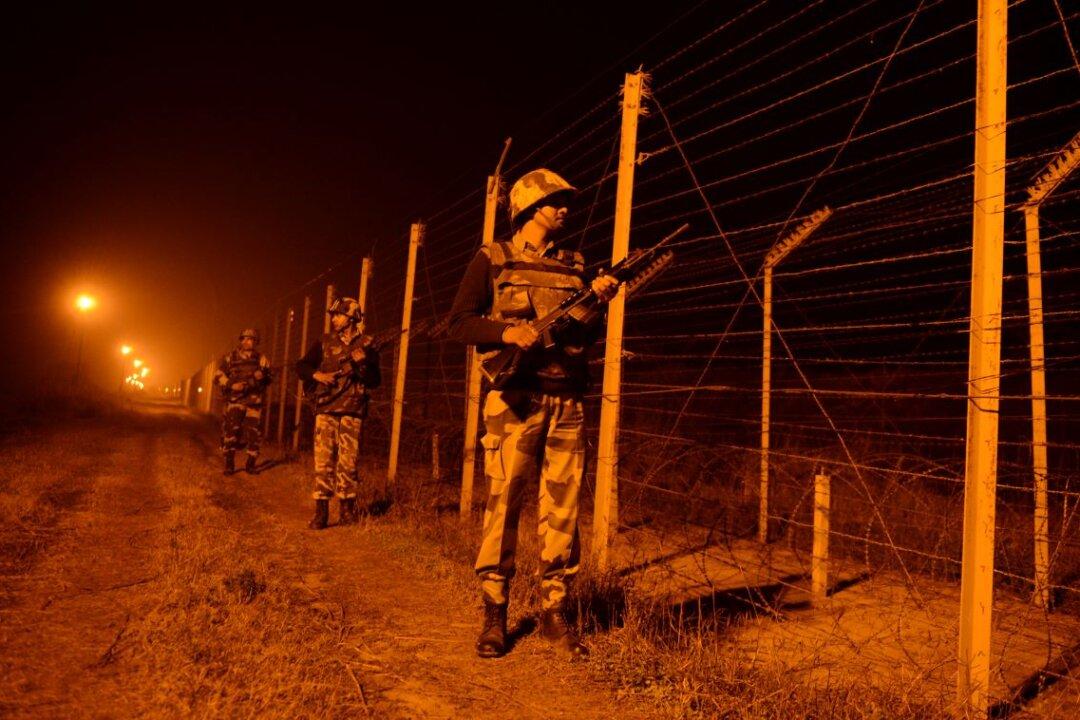The importance of the India–Pakistan border has remained low for the United States for many decades, but experts say it is gaining new strategic meaning as part of its emerging Indo-Pacific strategy, which redefines U.S. resources and partnerships in the region.
The historically conflicted boundary between India and Pakistan also forms the territorial demarcation line between the U.S. military’s Central Command and its Indo-Pacific command and thus, places India and Pakistan into two separate strategic military zones, according to Kashish Parpiani, a Mumbai-based expert with the Observer Research Foundation.





